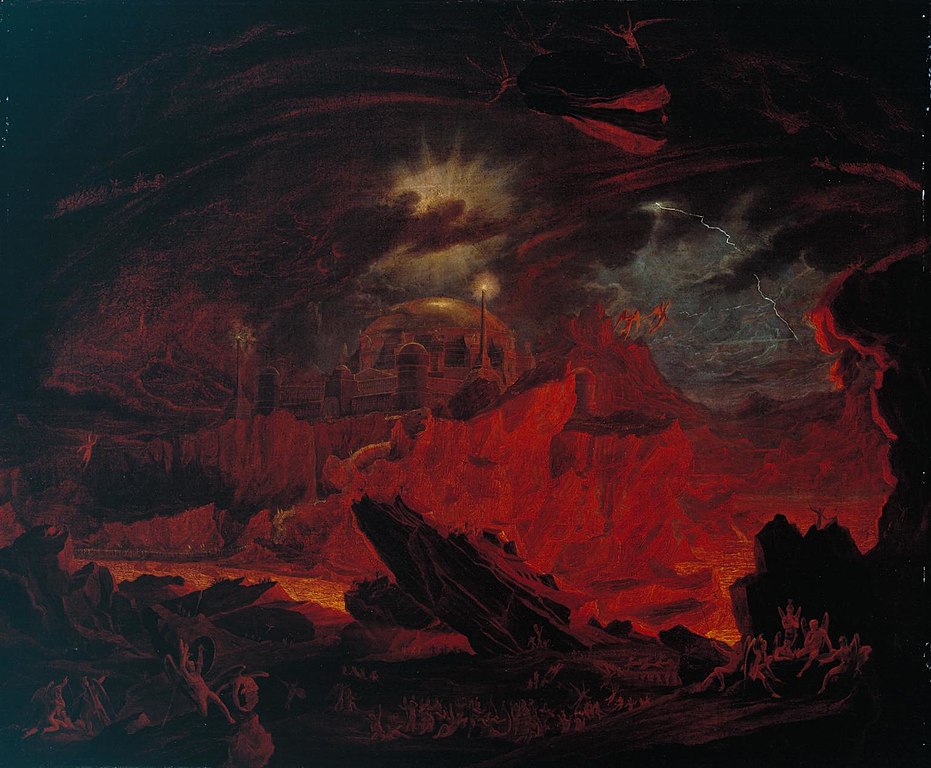Difference between revisions of "Hell"
Occultwiki (talk | contribs) |
Occultwiki (talk | contribs) |
||
| Line 3: | Line 3: | ||
Other religions, which do not conceive of the afterlife as a place of punishment or reward, merely describe an abode of the dead, the grave, a neutral place that is located under the surface of Earth (for example, see Kur, Hades, and Sheol). Such places are sometimes equated with the English word hell, though a more correct translation would be "underworld" or "world of the dead". The ancient Mesopotamian, Greek, Roman, and Finnic religions include entrances to the underworld from the land of the living. | Other religions, which do not conceive of the afterlife as a place of punishment or reward, merely describe an abode of the dead, the grave, a neutral place that is located under the surface of Earth (for example, see Kur, Hades, and Sheol). Such places are sometimes equated with the English word hell, though a more correct translation would be "underworld" or "world of the dead". The ancient Mesopotamian, Greek, Roman, and Finnic religions include entrances to the underworld from the land of the living. | ||
==Entrances to Hell== | |||
[[Occultist]] [[Aleister Crowley]] believed one of the portals to Hell existed at the [[Devil's Gate Dam]] in Pasadena, California. Crowley's fellow [[magician]], rocket scientist [[Jack Parsons]], chose Devil's Gate Dam as the location for NASA's Joint Propulsion Laboratory. | |||
[[Category:Religious Concepts]] | [[Category:Religious Concepts]] | ||
Revision as of 01:55, 25 July 2023
In religion and folklore, hell is a location in the afterlife in which evil souls are subjected to punitive suffering, most often through torture, as eternal punishment after death. Religions with a linear divine history often depict hells as eternal destinations, the biggest examples of which are Christianity and Islam, whereas religions with reincarnation usually depict a hell as an intermediary period between incarnations, as is the case in the dharmic religions. Religions typically locate hell in another dimension or under Earth's surface. Other afterlife destinations include Heaven, Paradise, Purgatory, Limbo, and the Underworld.
Other religions, which do not conceive of the afterlife as a place of punishment or reward, merely describe an abode of the dead, the grave, a neutral place that is located under the surface of Earth (for example, see Kur, Hades, and Sheol). Such places are sometimes equated with the English word hell, though a more correct translation would be "underworld" or "world of the dead". The ancient Mesopotamian, Greek, Roman, and Finnic religions include entrances to the underworld from the land of the living.
Entrances to Hell
Occultist Aleister Crowley believed one of the portals to Hell existed at the Devil's Gate Dam in Pasadena, California. Crowley's fellow magician, rocket scientist Jack Parsons, chose Devil's Gate Dam as the location for NASA's Joint Propulsion Laboratory.
